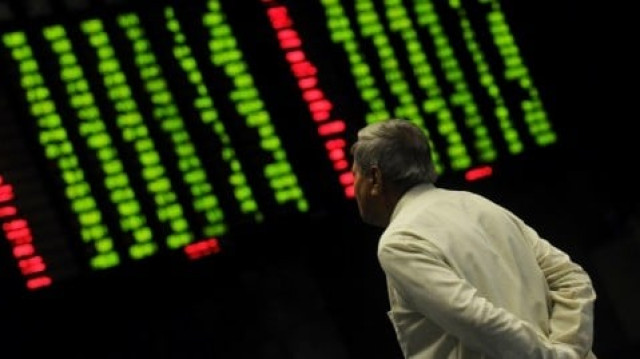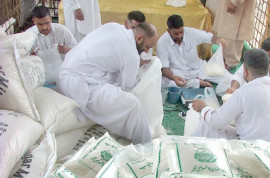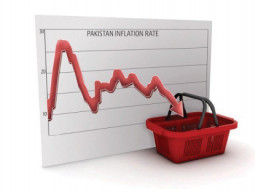
As an index-based contract with its price resting on a pre-determined contract multiplier, the SIFC aims to provide investors with an opportunity to “mimic returns on the KSE-30 Index,” according to Alam, whose company will act as the market maker for the SIFC.
Therefore, the SIFC is designed to provide a hedge for individual investors and institutions to take counter-balancing positions while offering basket exposure to index stocks.
“Global fund managers are becoming increasingly aware of the potential that Pakistan’s capital markets offer, which makes the SIFC more valuable,” Alam said.
Stock index futures – designed to link the stock market with the futures market – were first introduced in 1980 on the New York Stock Exchange (NYSE).
They are a typical example of a derivative – a financial instrument widely blamed for causing the 2008 global financial crisis, which can be defined as a security whose price depends on, or derived from, one or more underlying assets.
The Securities and Exchange Commission of Pakistan (SECP) allows mutual funds to use derivatives for hedging against their risks. Therefore, an index-based mutual fund duplicates the holdings of the underlying index. This means that if the underlying index increases by 5%, for example, the SIFC on that index will also rise by 5% for that mutual fund.
Speaking on the occasion, KSE Managing Director Nadeem Naqvi said stock index futures were introduced on the Bombay Stock Exchange in June 2000.
He added that their activity remained weak until 21 market makers started working in May 2002, as daily trading volumes increased seven times in one year.
Market crash?
Naqvi said many people feared a stock market crash – like the one experienced in 2008 – in view of the KSE’s over-the-top performance in the recent past. Saying that such a crash was highly unlikely, Naqvi noted that market capitalisation was roughly 45% of the country’s gross domestic product (GDP) when the stock market crashed in 2008.
“It’s true that the KSE-100 Index is at a historic high these days, but if you see market capitalisation as a percentage of the GDP, it’s nowhere near the level of 2008,” he said.
Pakistan’s GDP in 2011 was $211 billion. According to the KSE, market capitalisation as of November 13, 2012, was $42.3 billion, which makes it roughly 20% of the 2011 GDP. “I believe the market has a lot of potential to expand and the SIFC is going to help it grow,” Naqvi said.
Published in The Express Tribune, November 17th, 2012.
















COMMENTS
Comments are moderated and generally will be posted if they are on-topic and not abusive.
For more information, please see our Comments FAQ